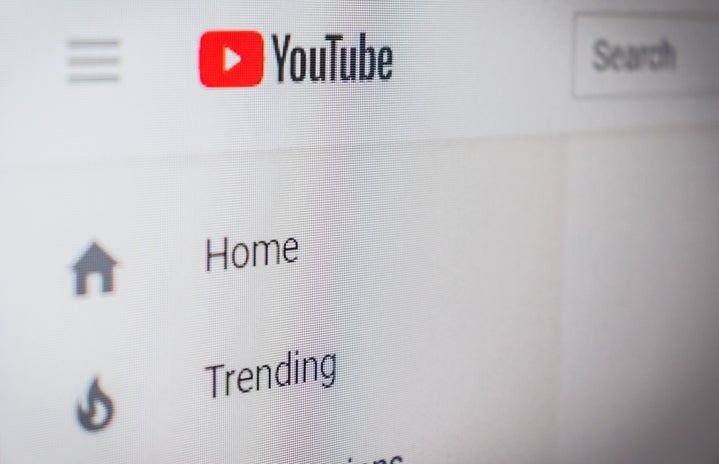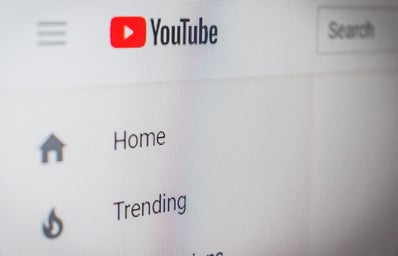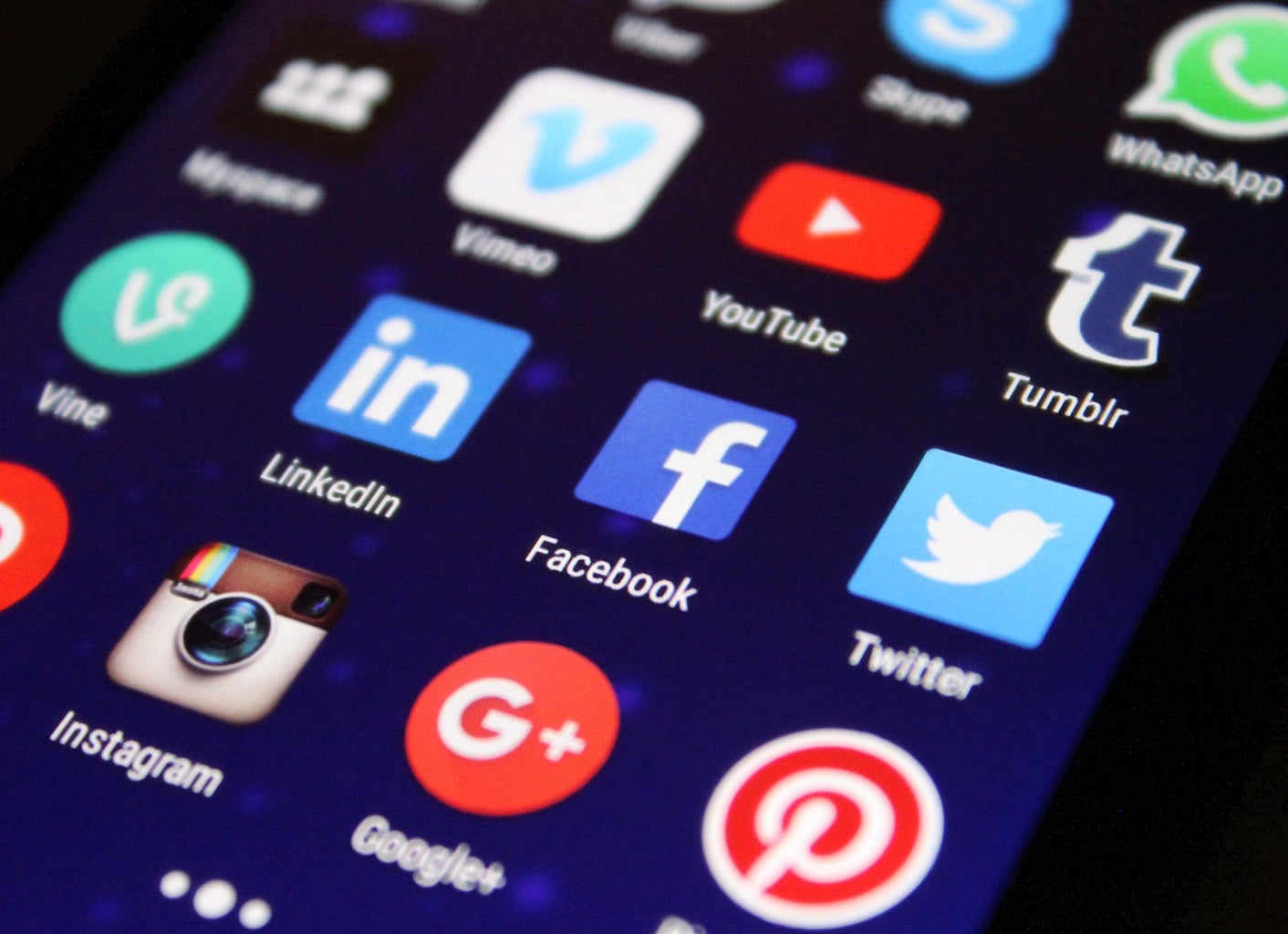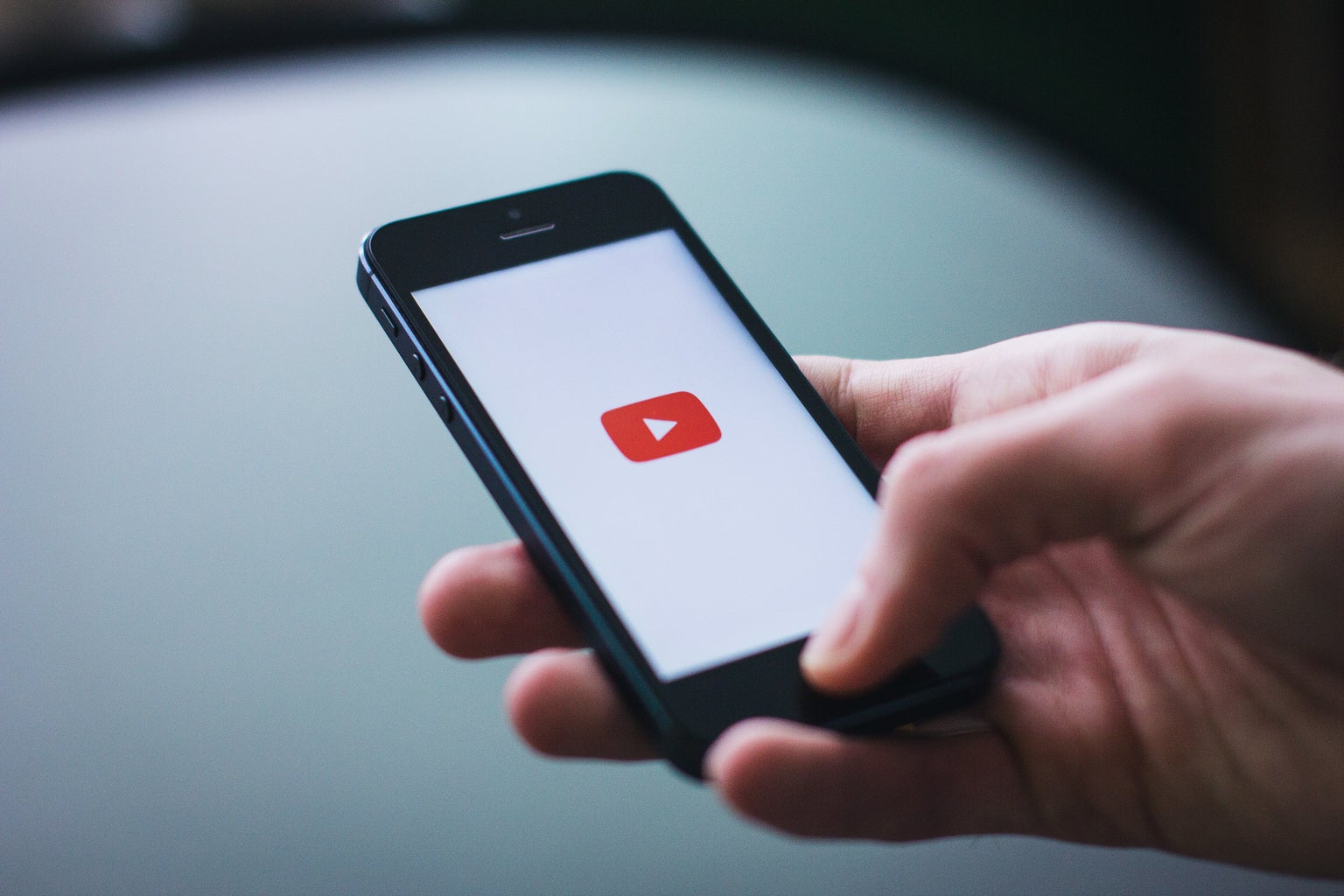Launched earlier this year with a three month trial period, Quibi promised to be a strong contender in the streaming wars. Quibi’s founder, Jeffrey Katzenberg, admits to The New York Times that he’s disappointed in its performance so far. Why is the founder disappointed in its performance? What can one attribute the lackluster performance of the new streaming service? Is it too similar to the already giant platform, YouTube?
Why exactly is Katzenberg disappointed in his new streaming service?
Downloads of the streaming service have been slow, despite a lineup that includes stars like LeBron James, Idris Elba, Chrissy Teigen, and Liam Hemsworth. As mentioned in my previous article, Quibi intended its content to fill in the small gaps in people’s regular lives. Meaning that you could watch a Quibi show while waiting for a train or walking to class. In his New York Times interview, he attributes Quibi’s failures to Coronavirus as many people are stuck at home due to the novel disease.
The streaming service had fallen out of the list of the 50 most downloaded free iPhone apps in the United States a week after it had gone live. Even with the infamous three-month trial, the app had only been installed by 2.9 million customers while there are only 1.3 million active users. In response to these staggering numbers, Katzenberg states, “It’s not up to what we wanted. It’s not close to what we wanted.”
Why could one consider Quibi a failure?
As mentioned earlier, Katzenberg easily blamed the Coronavirus for Quibi’s lackluster debut. Various media publications disagree with the Hollywood producer’s stance on the streaming service’s failures.
According to Adweek, the streaming service didn’t consider how consumers would view and react to the product. Apparently, people don’t associate short-form content with high quality. For example, Warby Parker wanted to sell prescription glasses for $20 each. People didn’t buy them as they felt they were too cheap for good, quality glasses. The price was adjusted to almost $100 and the glasses flew off the shelves. In the eyes of consumers, the higher the price must mean better quality. This thought process translates to content as the length of content relates to its quality.
Collider lists off many reasons why the short-form content streaming service has its shares of failures. One reason would be the lack of screen accessibility. The turnstile orientation trick – where the switch between landscape and portrait orientation is seamless – is pretty cool, but it doesn’t go beyond that. You can’t go to a Quibi website as it’s a mobile-only streaming service. Quibi’s decision to focus more on buying top-tier talent rather than do “modernized takes on classic properties” may have also been a lethal misstep.
What Exactly is YouTube?
As many of us know, YouTube is a video-sharing platform full of funny and informative content. The video-sharing site began in 2005 by three former PayPal employees, Chad Hurley, Steve Chen, and Jawed Karim. YouTube was bought up by Google the next year and the website currently operates as one of the company’s subsidiaries. YouTube is a user-generated website, which is where users are making the content that is on the website – it’s a social media, but only in video form.
Differences Between Quibi and YouTube
The main difference between the two platforms is that Quibi is a streaming service while YouTube is a user-generated website. Quibi’s content is produced by its own producers and directors while the users of YouTube create its content. YouTube is more of a social media as it allows commenting and sharing with other sites and platforms. Quibi is a Hollywood produced platform and it doesn’t allow its users are no more than just viewers. Unlike Quibi, YouTube has a desktop version of its mobile app and is more accessible that way.
The Similarities Between Quibi and YouTube
Both platforms are known for their short-form content. For the longest time, YouTube was just YouTube until it launched YouTube Red (now called YouTube Premium) in 2015 and introducing YouTube TV in 2017. YouTube has its own original content for which users can subscribe to every month, just like any other streaming service.
In regards to short-form content, YouTube has been the pioneer in short-form content as people tend to go its site to see mini clips of various shows. People have gotten famous, popular, and rich off of 30- to 45-minute YouTube vlogs – short for Video Blogs. Big TV networks like VH1 and MTV upload various short videos regarding their shows. For example, VH1 uploads their “Check Yourself” videos for their “Love and Hip Hop” franchises to YouTube via their VH1 Love & Hip Hop channel. MTV does the same thing with many of their shows where they post various compilations or playlists of iconic moments of said shows.
As YouTube TV has been underway for a few years, it premieres its own original – just like Quibi does. One of the most popular YouTube originals would be Cobra Kai, an action comedy-drama series based on The Karate Kid film series.
The Future of Quibi
To be honest, the success of Quibi was promising as it strived to attach itself to an aspect no other streaming service has thought of. Personally, I haven’t been able to finish any season of any show since I finished the season of “Most Dangerous Game” featuring Liam Hemsworth. Perhaps, the Coronavirus has put a damper in its success as people are forced to be home. But, I have been addicted to watching YouTube videos quite lately. Quibi could extend its run times of every episode to at least 20 minutes and it would be in better business.




